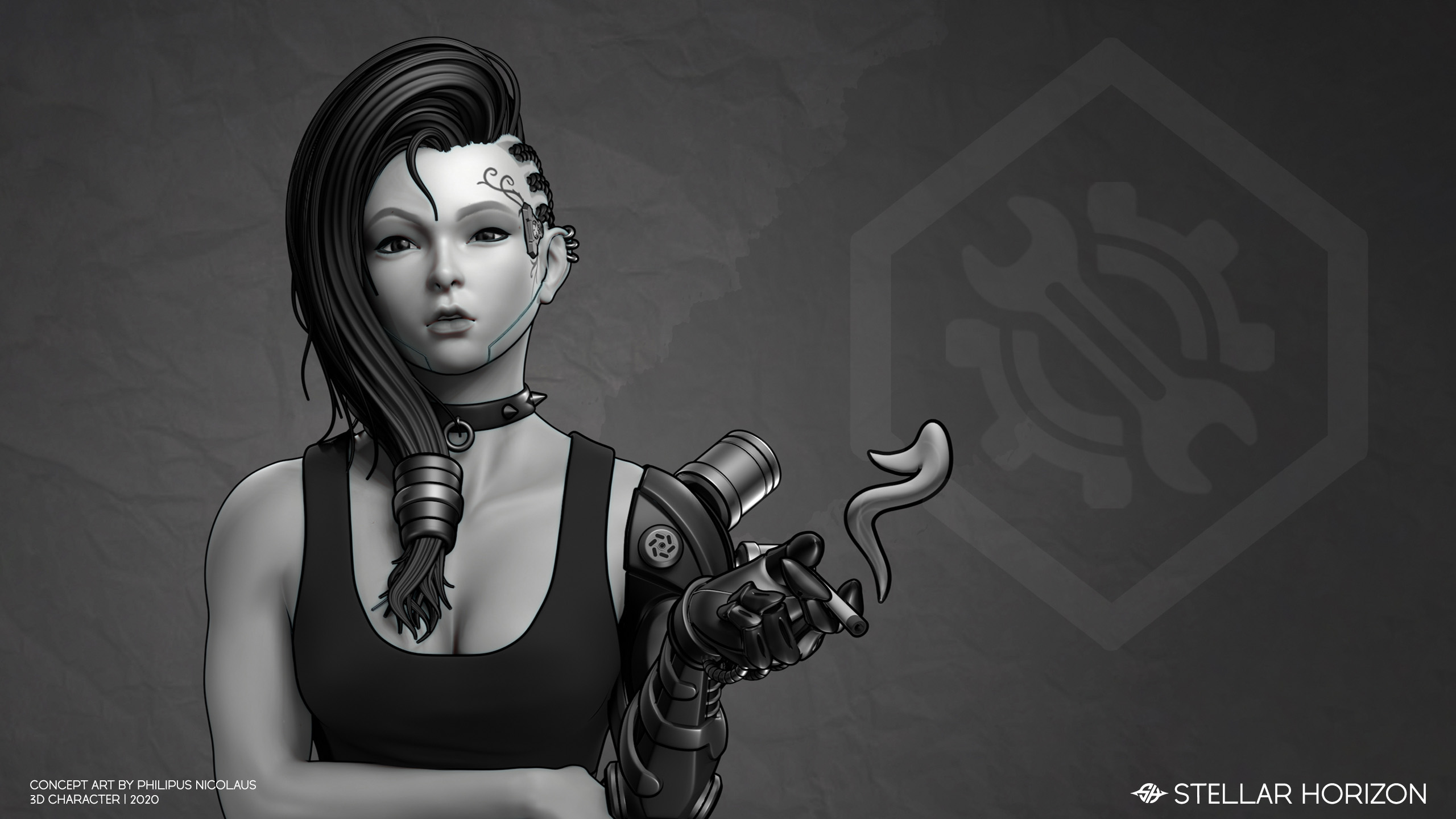
Why 3D Art Style is Used in Indie Games
In the dynamic world of indie game development, choosing the right art style is paramount. While 2D art styles have their own charm, 3D art styles offer a level of immersion and visual fidelity that can elevate a game’s appeal. With advancements in technology and accessibility to powerful game engines, indie developers are increasingly turning to 3D art styles to create captivating and memorable gaming experiences. In this article, we’ll explore the top 3D art styles currently popular among indie developers, examining their strengths, weaknesses, and why they’re chosen for indie games.
Top 3D Art Styles
Realism
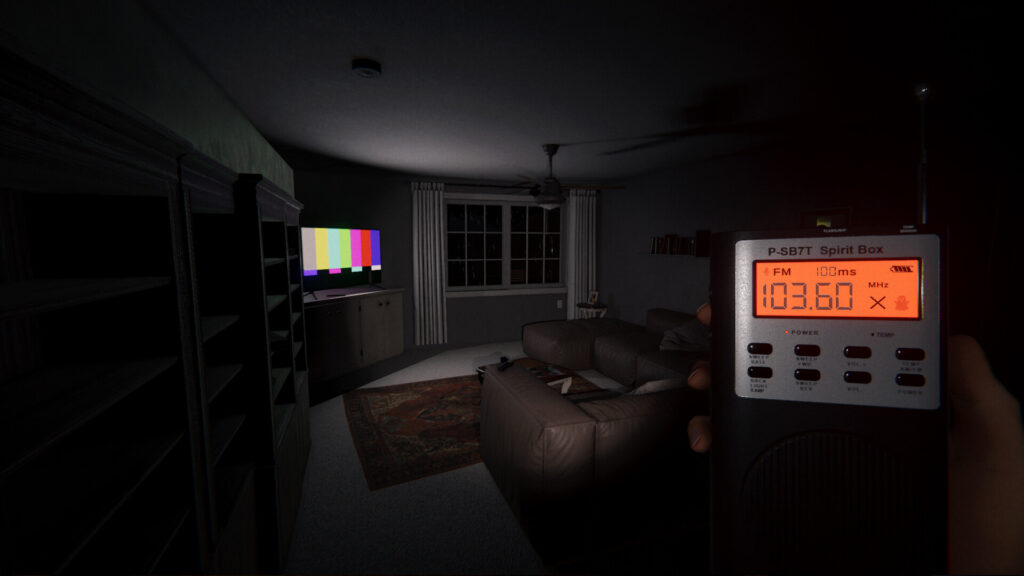
Realism in 3D art aims to replicate real-world visuals as accurately as possible. This art style focuses on lifelike textures, lighting, and character models to create immersive environments and characters that closely resemble their real-world counterparts.
- Pros
- Immersive experience
Realistic graphics can draw players into the game world, making them feel like they’re part of the action. - Broad appeal
Realistic graphics appeal to a wide audience, including casual gamers and those looking for AAA-quality visuals in indie games. - Access to 3rd party assets
Realistic art styles often have a plethora of third-party assets available for download or purchase in the market, making it easier for developers to find high-quality resources to enhance their game’s visuals. These assets are easily accessible and can save developers time and resources, although they may be less customizable compared to creating custom assets.
- Immersive experience
- Cons
- Resource-intensive
Achieving realism requires high-quality textures, advanced lighting effects, and detailed character animations, which can be demanding on hardware and development resources. - Time-consuming
Creating realistic assets and environments can be a time-consuming process, leading to longer development cycles and potential delays. This can be ignored by utilizing 3rd party assets in the marketplace. - Limited creativity
While realism can create stunning visuals, it may limit artistic freedom and creativity compared to more stylized art styles.
- Resource-intensive
Example of realism 3D art style: Phasmophobia, Car Mechanic Simulator 2021, PowerWash Simulator
Fantasy Realism
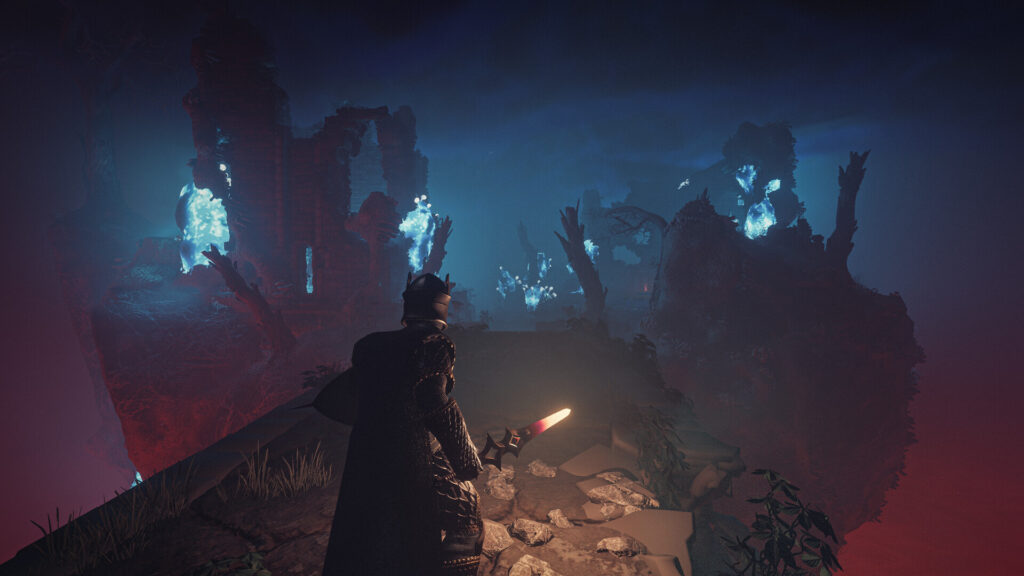
Fantasy realism combines elements of realism with fantastical or imaginary elements. This art style maintains a sense of believability while incorporating magical creatures, mystical landscapes, and otherworldly phenomena to create visually stunning and imaginative worlds.
- Pros
- Best of both worlds
Fantasy realism combines elements of realism with fantastical elements, striking a balance between immersion and artistic freedom. - Engaging worlds
Fantasy realism allows for the creation of visually stunning and imaginative worlds that capture the player’s imagination. - Unique aesthetics
By blending realistic graphics with fantasy elements, indie developers can create visually distinct and memorable art styles for their games.
- Best of both worlds
- Cons
- Balancing act
Achieving the right balance between realism and fantasy can be challenging, leading to inconsistencies in the game’s art direction. - Artistic interpretation
Fantasy realism relies on the artist’s interpretation of fantastical elements, which may not always resonate with players or fit within the game’s narrative. - Technical challenges
Implementing fantasy elements into a realistic art style can pose technical challenges, such as maintaining performance while rendering complex environments or creatures.
- Balancing act
Example of fantasy realism 3D art style: Enshrouded, Escape the Backrooms, The Forest
Low Poly
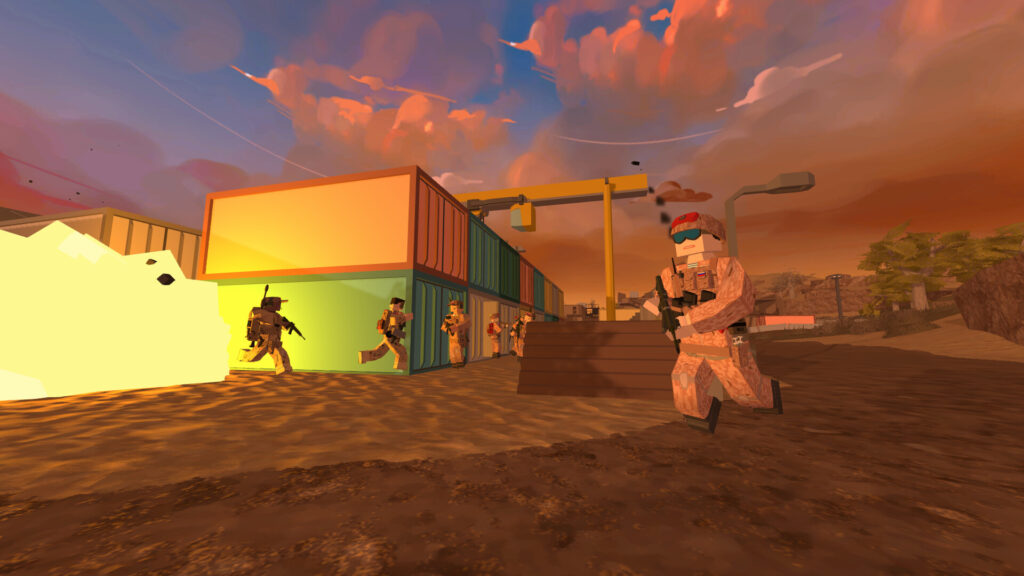
Low-poly art is characterized by its simplistic and geometrically efficient models. This art style uses minimal polygons to create objects and environments, resulting in a clean and stylized aesthetic that is reminiscent of early 3D games while offering modern appeal.
- Pros
- Performance-friendly
Low-poly art styles are lightweight and optimized for performance, making them ideal for indie developers working with limited resources or targeting mobile platforms. - Quick iteration
The simplicity of low-poly models allows for rapid prototyping and iteration, enabling developers to experiment with different designs and ideas more easily. - Time-efficient
Creating low-poly assets requires fewer polygons and textures, resulting in shorter development times and lower production costs.
- Performance-friendly
- Cons
- Lack of detail
Low-poly art styles sacrifice detail in favor of simplicity, which may result in less visually impressive environments and character models compared to more realistic art styles. - Stylized aesthetics
While low-poly art styles have a unique charm, they may not appeal to players seeking high-fidelity graphics or immersive experiences. - Limited scalability
While suitable for certain types of games, low-poly art styles may not be well-suited for projects that require intricate detail or realistic visuals.
- Lack of detail
Example of low poly 3D art style: BattleBit Remastered, Totally Accurate Battle Simulator, INSIDE
Stylized
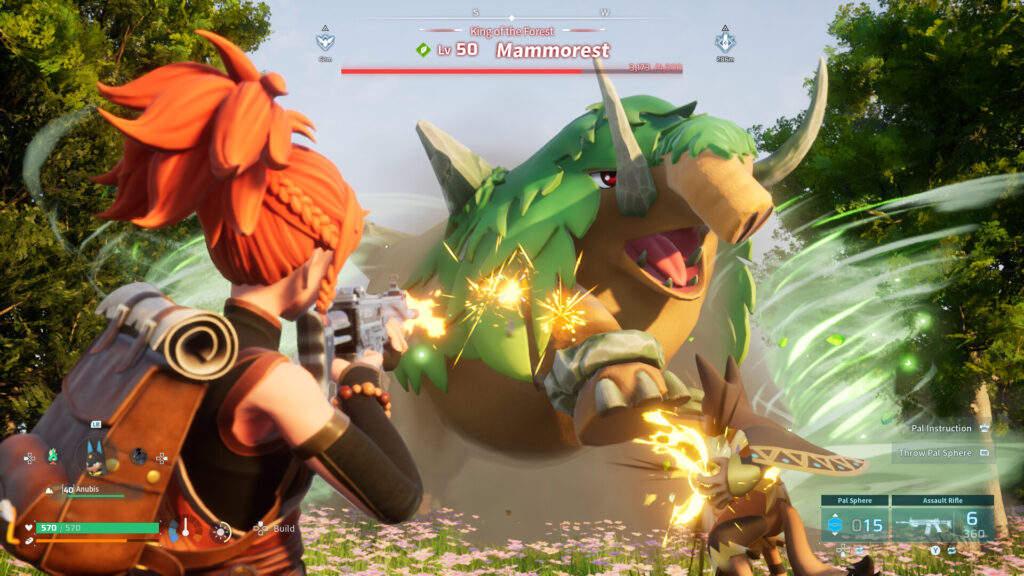
Stylized art styles prioritize artistic expression over realism, often featuring exaggerated proportions, bold colors, and whimsical designs. This art style allows for creative freedom and can range from cartoonish and playful to sleek and minimalist, depending on the developer’s vision.
- Pros
- Artistic freedom
Stylized art styles allow for exaggerated proportions, bold colors, and unique aesthetics, giving developers the freedom to express their creativity. - Timeless appeal
Stylized art styles often age well and can maintain their visual appeal over time, avoiding the risk of becoming dated or technologically obsolete. - Brand recognition
A distinct and consistent stylized art style can help indie developers build brand recognition and stand out in a crowded market.
- Artistic freedom
- Cons
- Subjectivity
Stylized art styles may not appeal to all players, as personal preferences for art vary widely among audiences. - Risk of oversaturation
While stylized art styles offer artistic freedom, they may also contribute to a crowded market saturated with similar-looking games, making it harder for indie developers to distinguish their titles. - Balancing act
Finding the right balance between stylization and realism can be challenging, as overly exaggerated or abstract art styles may alienate some players while not going far enough may fail to capture attention.
- Subjectivity
Example of stylized 3D art style: Palworld, Five Nights at Freddy’s, Kena: Bridge of Spirits
Cel Shading
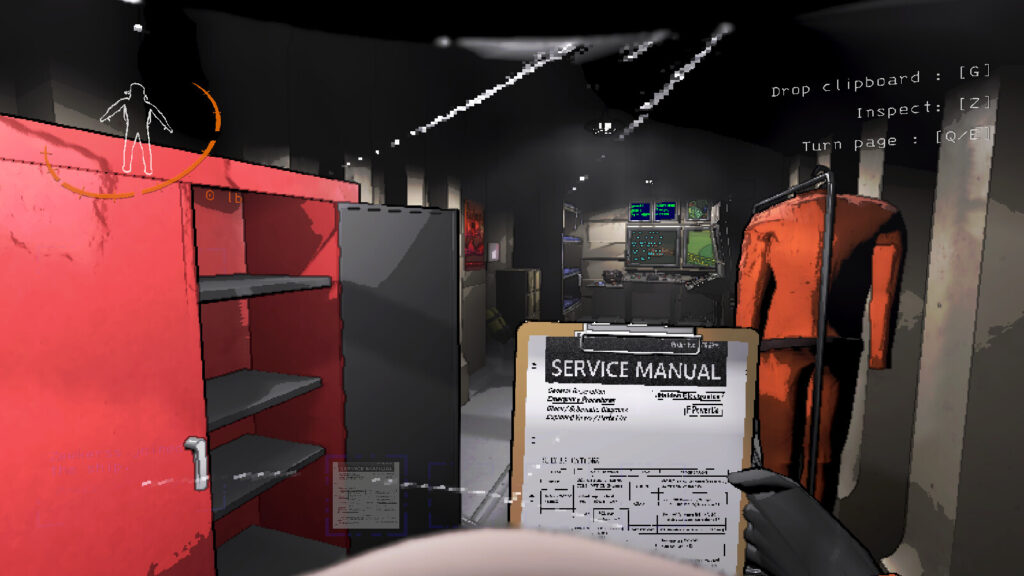
Cel shading mimics the look of hand-drawn animation or comic book art by applying flat colors and distinct outlines to 3D models. This art style creates a unique and visually striking aesthetic that is reminiscent of traditional 2D animation, offering a timeless and iconic look for indie games.
- Pros
- Unique visual style
Cel shading provides a distinctive visual aesthetic reminiscent of hand-drawn animation or comic books, making games stand out in a crowded market. - Timeless appeal
Cel-shaded art styles have a timeless quality that can appeal to players of all ages and backgrounds, evoking nostalgia while still feeling fresh and innovative. - Performance optimization
Cel shading can be more performance-friendly than realistic graphics, making it suitable for indie developers targeting a wide range of platforms, including mobile devices and consoles.
- Unique visual style
- Cons
- Limited realism
While cel-shaded art styles excel at creating stylized and visually striking worlds, they may lack the level of realism found in more realistic art styles. - Artistic constraints
Cel shading requires a specific artistic approach and may not be suitable for all types of games or genres, limiting its versatility compared to more generalized art styles. - Technical challenges
Implementing cel shading can pose technical challenges, particularly when it comes to achieving consistent lighting and shading effects across different environments and character models.
- Limited realism
Example of cel shading 3D art style: Lethal Company, Hades, Bomb Rush Cyberfunk
Conclusion
In the ever-evolving landscape of indie game development, choosing the right art style is essential for capturing players’ attention and creating memorable gaming experiences. Whether embracing realism, fantasy realism, low poly, stylized, or cel shading, indie developers have a wealth of 3D art styles at their disposal, each with its own strengths and weaknesses. By understanding the pros and cons of each art style and how they align with their game’s vision and goals, indie developers can create visually stunning and immersive games that leave a lasting impression on players in 2024 and beyond.
